Fifteen years ago, the idea of a packed house in New Jersey for a non-touring series special event would be seen as a sign of developing insanity. Perhaps it’s the mid-pandemic world we live in now, but the Invasion of the Posse show at Bridgeport Motorsports Park saw just that. The question lingers however, are mid-week specials hurting weekly racing?
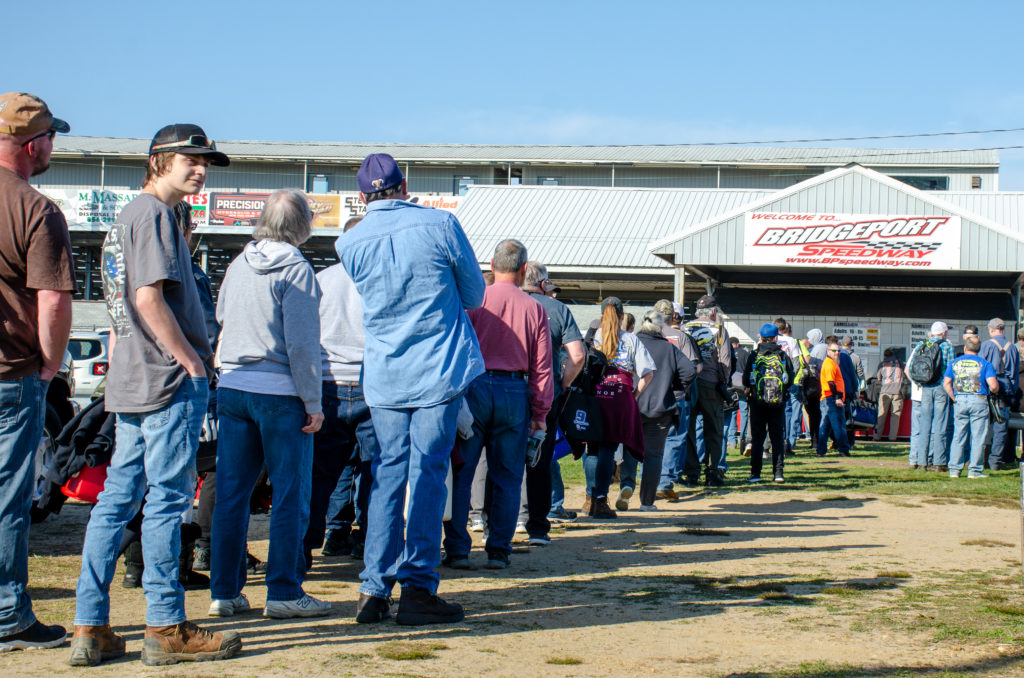
“I think they are trying to help the racer who’s doing it for a living and throwing in these mid-week specials,” driver Tim Buckwalter said before cars took the green for hot laps. We are seeing more and more drivers (and teams) who are making a living in racing. This doesn’t include just those who have a business attached to the sport, such as Buckwalter’s Tim’s Shock Lab. Especially with the diverse age range of competitors today, and the availability of work from home and remote learning options, the option to drive or wrench for a living is getting increasingly more attractive. There are those that see the potential drawbacks of the explosion of mid-week shows. Billy Pauch, Sr said, “In the 70’s and the 80’s, there was no mid-week racing. People looked forward to getting to their home track on Friday and Saturday night and seeing some of their favorites. Now people can go to a mid-week show and see everybody they want to see, and it’s killing the weekly racing.”
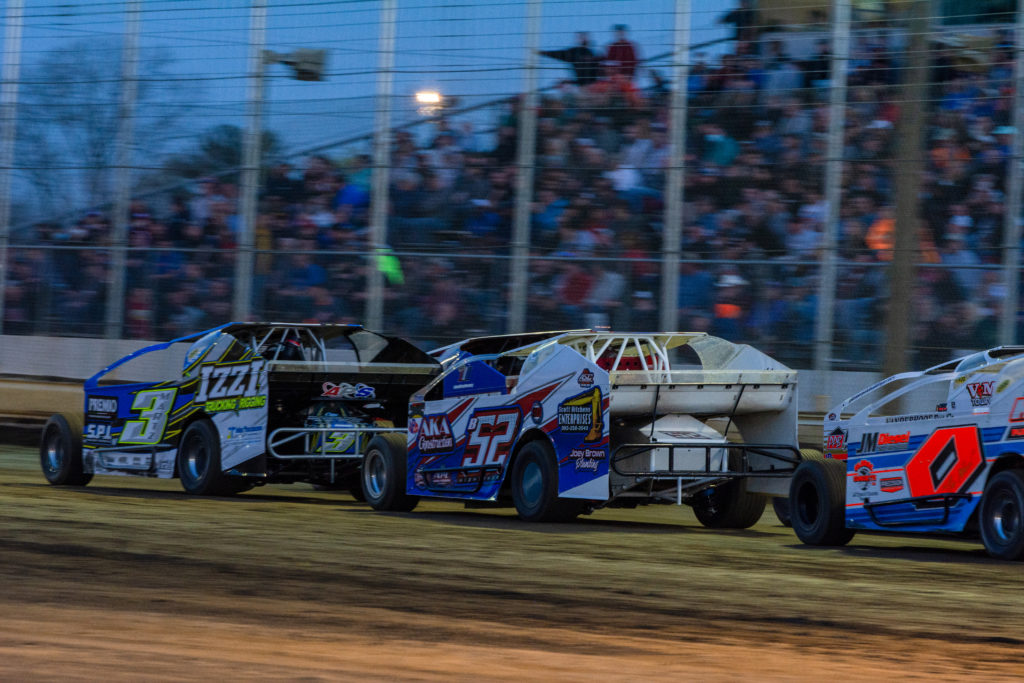
Bridgeport Motorsports Park promoter Doug Rose sees it as a delicate balancing act. Speaking to the balancing of weekly racing and specials Rose said, “The big events are always important to help you get through the whole season. You have to keep running the weekly shows to keep the track moving along, and run the big events to try and hit some home runs.” The idea of the home run show is becoming more prevalent, with regional and national touring series events also included in with the typical specials. Bob Miller, longtime promoter of the Thunder on the Hill series of events at Grandview Speedway said, “Having the pulse of what’s going on is so important,” when looking at how special events and series are scheduled. The often fickle nature of racing fans comes in to play here as well. Currently, the greater Northeast is seeing a resurgence in the popularity of Sprint Car racing, with series like the USAC 360 wingless series making their debut in the last several years, the URC seeing growth, and the ARDC trying to mount a comeback.
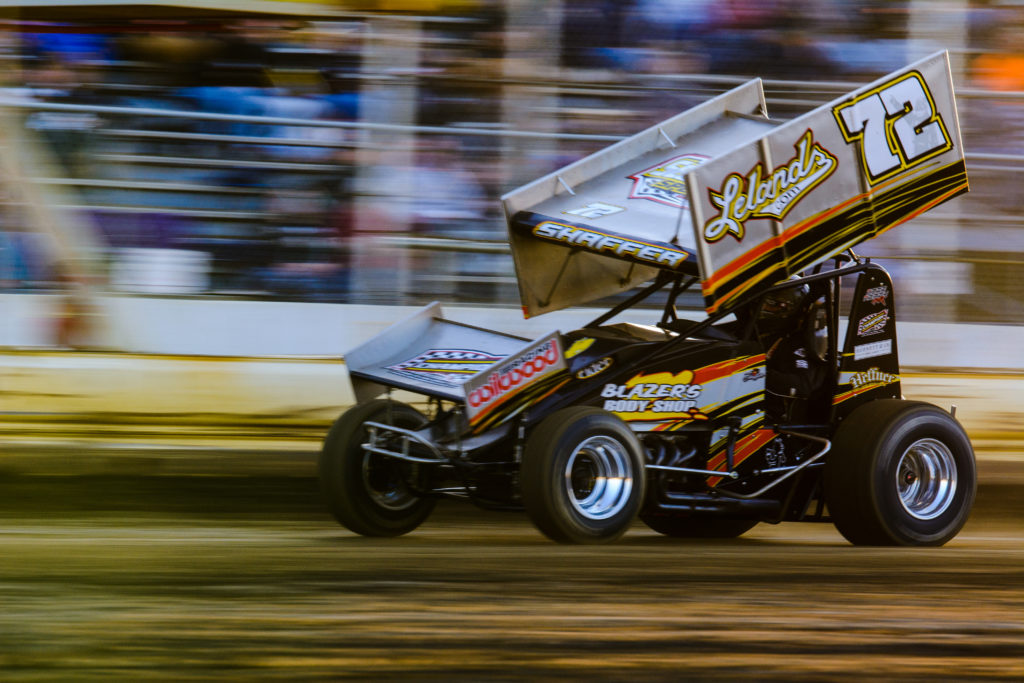
Perhaps the biggest deciding factor will be the ability to continue to draw in the cars and fans. With the back gate being equally as important to the front gate sales, the ability to draw in people will be the most critical component to the ability of a track to continue weekly operations. While the tracks are seeing significant new revenue streams in the form of parking deals with large corporations and contractors to broadcast streaming rights fees; these sources of income are not a guarantee in any way. Miller noted, “Thunder on the Hill started because there weren’t many mid-week shows. Reading, Flemington, and Nazareth only had one or two each year.” Of key note, Miller also mentioned how the number of shows in the Thunder on the Hill schedule often depends on what the series thinks can draw a good crowd. Some years will be more, and some less.

The timing of the special shows is also important. Dave Reinhardt, who was crewing for brother Kyle, remarked, “In the beginning of the year, everybody is still fresh and not burned out yet. But come late summer and everybody’s burned out a little bit, and that’s where things can start to struggle.” Ultimately, it boils down to how many is too many. “Are we approaching oversaturation? Quite possibly,” Miller said. Looking back at Rose’s baseball analogy, everything is fine if your role players in the lineup are getting the job done. Hit the gaps every week, and let your power hitters swing for the fences. But if those weekly shows aren’t getting the job done, things become very dicey if any of those home run swings becomes a strikeout. Only time will tell what the future of event scheduling holds, but the tracks seem to be hitting well above the Mendoza Line.


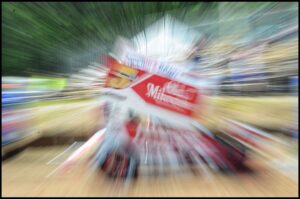
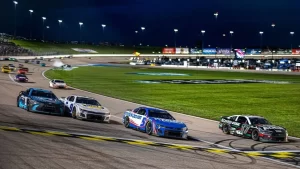
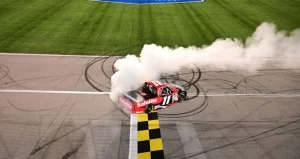
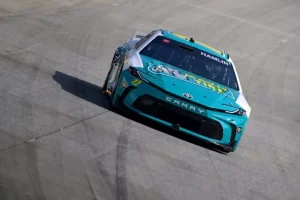
More Stories
Gettysburg Clash at Lincoln Speedway – Photo Essay
Grandview Sportsman Pit Notes 4/20/24 – Colton Perry Collects First Sportsman Win
Modified Pit Notes 4/20/23 – Louden Reimert Claims First Modified Win at Grandview Speedway